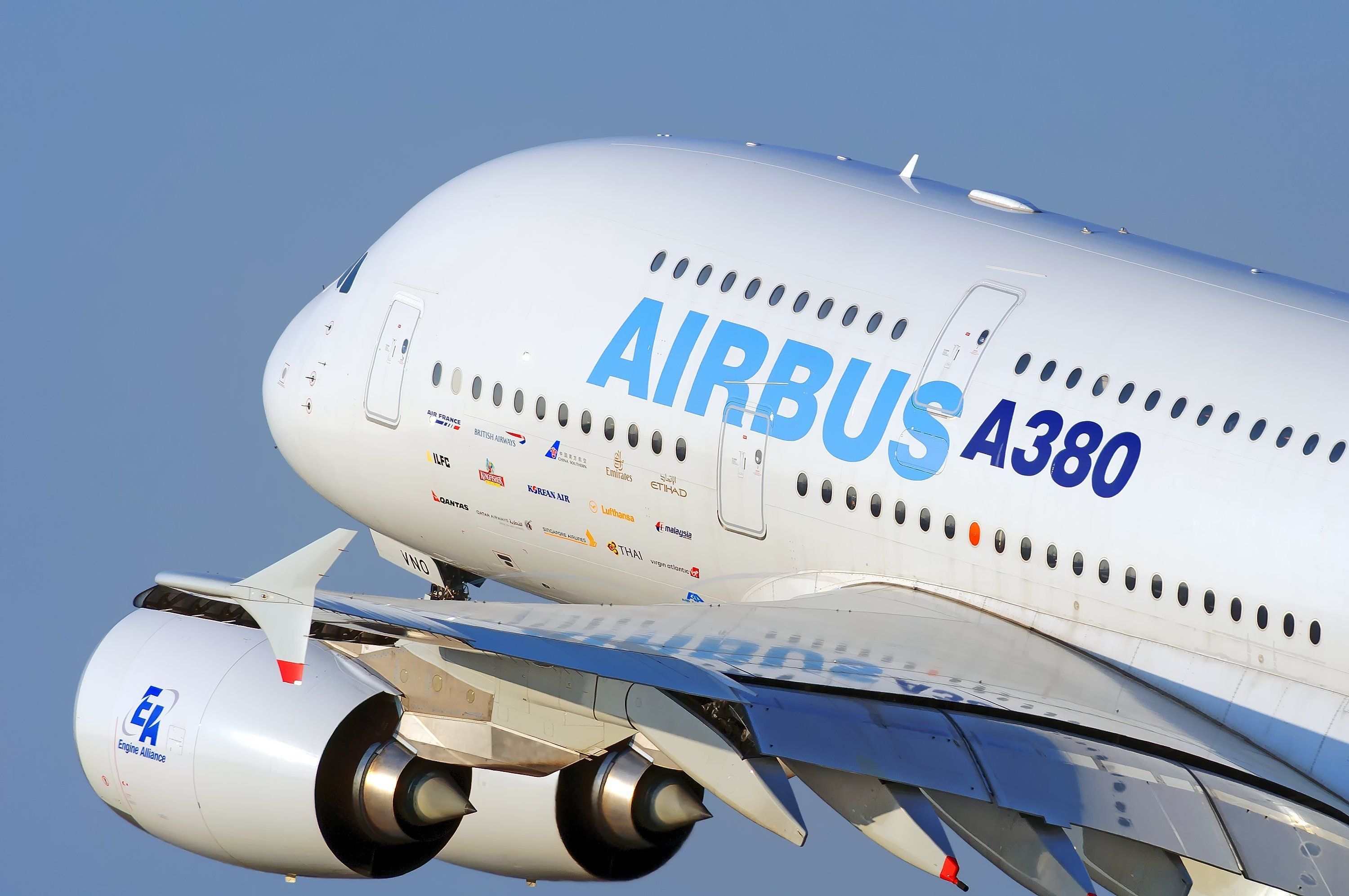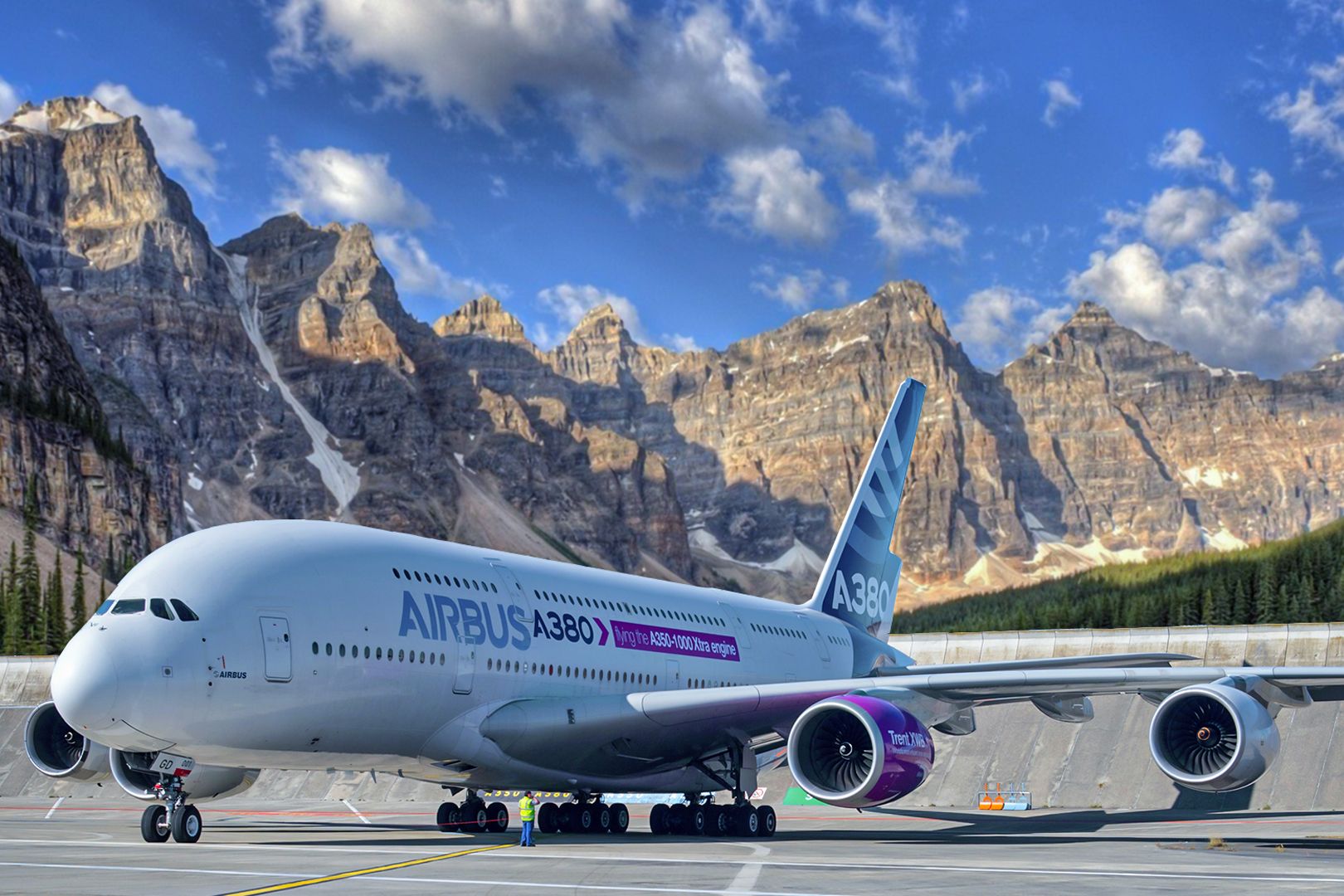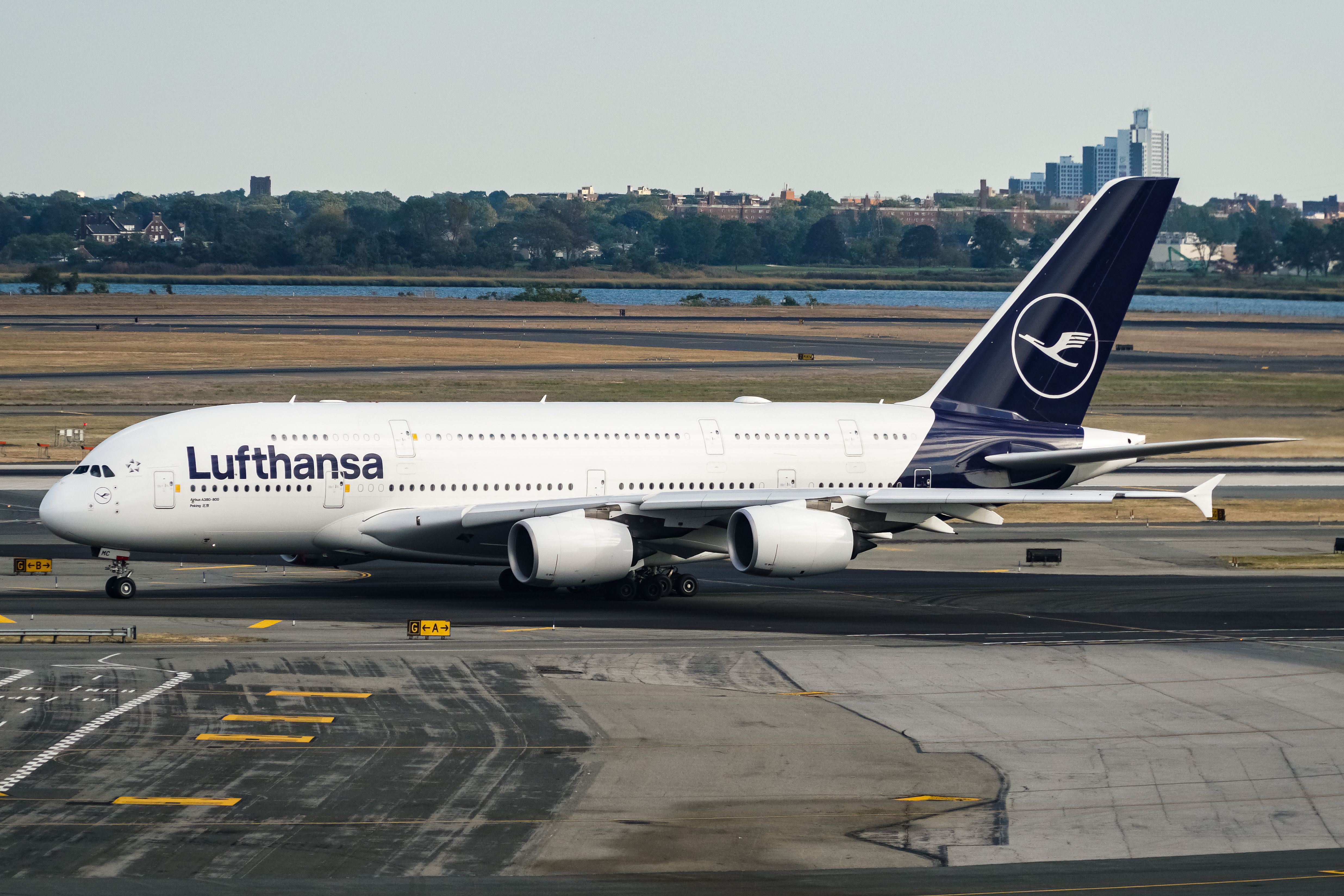Summary
- Modifying the Airbus A380 for ultra-long-range was never part of Airbus’s plan.
- Enhancements for more passengers vs. range led to limited sales of specialty aircraft.
- Developing an Airbus A380ULR would require considerable effort and investment.
Launched in 2007, the Airbus A380, the world’s largest passenger jet, impressed many with its immense size, capacity, and range capabilities, marking a remarkable achievement in the European aerospace industry.
Despite it being an engineering marvel, the A380 did not attract many airline customers, with only 251 units sold, mostly to Emirates. The aircraft faced challenges due to its large size, limited airport compatibility, and higher fuel consumption compared to more efficient models like the Airbus A350.
Additionally, throughout the years, only a single variant of the Airbus A380 was produced, despite discussions from industry leaders like Emirates’ Tim Clark about an A380neo that could deliver up to 25% fuel savings.
Therefore, neither the Airbus A380neo nor the Airbus A380ULR became a reality. But could the superjumbo have been modified to fly further? Would it have been feasible to extend its range?
Aircraft modifications
Aircraft modifications are common in the aviation industry. Both Airbus and Boeing have adjusted some of their models to increase range or add extra capacity. In its latest effort to extend range, Airbus developed the Airbus A321 Extra Long Range (XLR) variant by stretching the Airbus A321neo and inserting an additional fuel tank.
Thus, theoretically, the Airbus A380 could be further developed to incorporate an extended range. This could involve implementing various modifications, such as adding an additional fuel tank, upgrading engines, or enhancing aerodynamics.
However, creating an ultra-long-range version of the Airbus A380 was never part of Airbus’s plan.
Photo: NYC Russ | Shutterstock
The focus during the development of the A380 was always on maximizing its passenger capacity. Andreas Speath, an aviation analyst and journalist, emphasized this point in a comment to Simple Flying, stating that “more range was never the objective, rather a stretch for more passengers and less range.”
Commenting on whether the Airbus A380 could have been modified further and if it would have been feasible to extend its range, Scott Hamilton, founder and managing director at Leeham Company, told Simple Flying that,
“The A380 had a range of 8,000 NM. Could this have been extended to 10,000 NM? Probably. However, the issue with the A380, apart from its size, was its economy. Tim Clark was adamant he wanted an A380neo, but neither Engine Alliance nor Rolls-Royce saw a business case.”

Related
The Rise And Fall Of The Airbus A380
The A380 is out of production but still well in use.
Below, find the table of Airbus A380 aircraft specifications.
|
Airbus A380 specifications |
|
|---|---|
|
Maximum range |
8,000 nautical miles (15,000 km) |
|
Maximum pax capacity |
853 passengers in a single-class and 545 in a four-class cabin |
|
Maximum take-off weight |
560 tons |
|
Wingspan |
78.8 meters |
|
Height |
24.1 meters |
|
Overall length |
72.7 meters |
Sales challenges facing LR and ULR variants
Enhancing an aircraft’s range does not automatically ensure sales and success despite the considerable time and effort dedicated to its development. The “ultra-long-range” market is not always lucrative in terms of sales, as evidenced by the Airbus A350-900ULR.
Singapore Airlines requested an extended-range variant of the Airbus A350, prompting Airbus to develop the A350-900ULR. This aircraft features a modified fuel system, which Airbus claims increases its fuel capacity by 24,000 liters without requiring additional fuel tanks. Alongside its enhanced fuel capacity, Singapore Airlines’ premium-only configuration ensures these jets can achieve the necessary long-distance flights. Ultimately, Singapore Airlines acquired seven A350-900ULRs.
Another example of comparably small sales of specialty aircraft is the Boeing 777-200LR. According to ch-aviation data, only 61 Boeing 777-200LRs have been produced and flown across 13 carriers. Compared to the aircraft’s most popular variant, the 835 Boeing 777-300ERs, the 61 777-200LRs are a dismal number.
It is also worth noting that the newest Boeing 777X aircraft series currently has two variants, one of which is a stretched version — the Boeing 777-9. The sales of the Boeing 777-8 variant aren’t as good as those of the Boeing 777-9. According to Boeing orders and delivery data, there are a total of 540 Boeing 777X on order. Of these orders, only 59 are for the Boeing 777-8, primarily from Etihad and Emirates, as per ch-aviation data.
Given the Airbus A380’s existing issues with sales and its large size, as well as the fact that 8,000 nautical miles is sufficient for high-capacity long-haul operations, the European aircraft manufacturer likely saw no business case for developing a stretched version of the A380. In a comment to Simple Flying, Scott Hamilton added:
“The A350 ULR sales are tiny. An A380 ULR would have been a loser.”
Bottom line
Indeed, modifications to make the Airbus A380ULR a reality would have required significant investment and engineering efforts, and the feasibility would have depended on various factors, including technical challenges, regulatory requirements, and market demand.
Ultimately, without actual implementation, it remains speculative whether such modifications could have been successfully achieved and whether the extended range would have made the aircraft more economically viable.

Related
Examined: Why The Airbus A380 Never Penetrated The African & South American Markets
The A380 never gained a foothold in Africa and South America.
What are your thoughts about this? Have you ever flown with the Airbus A380 quadjet? Let us know in the comments section below.


